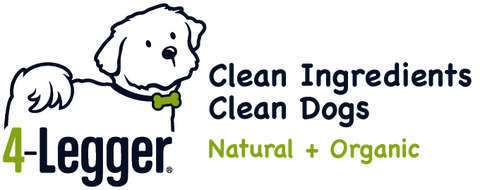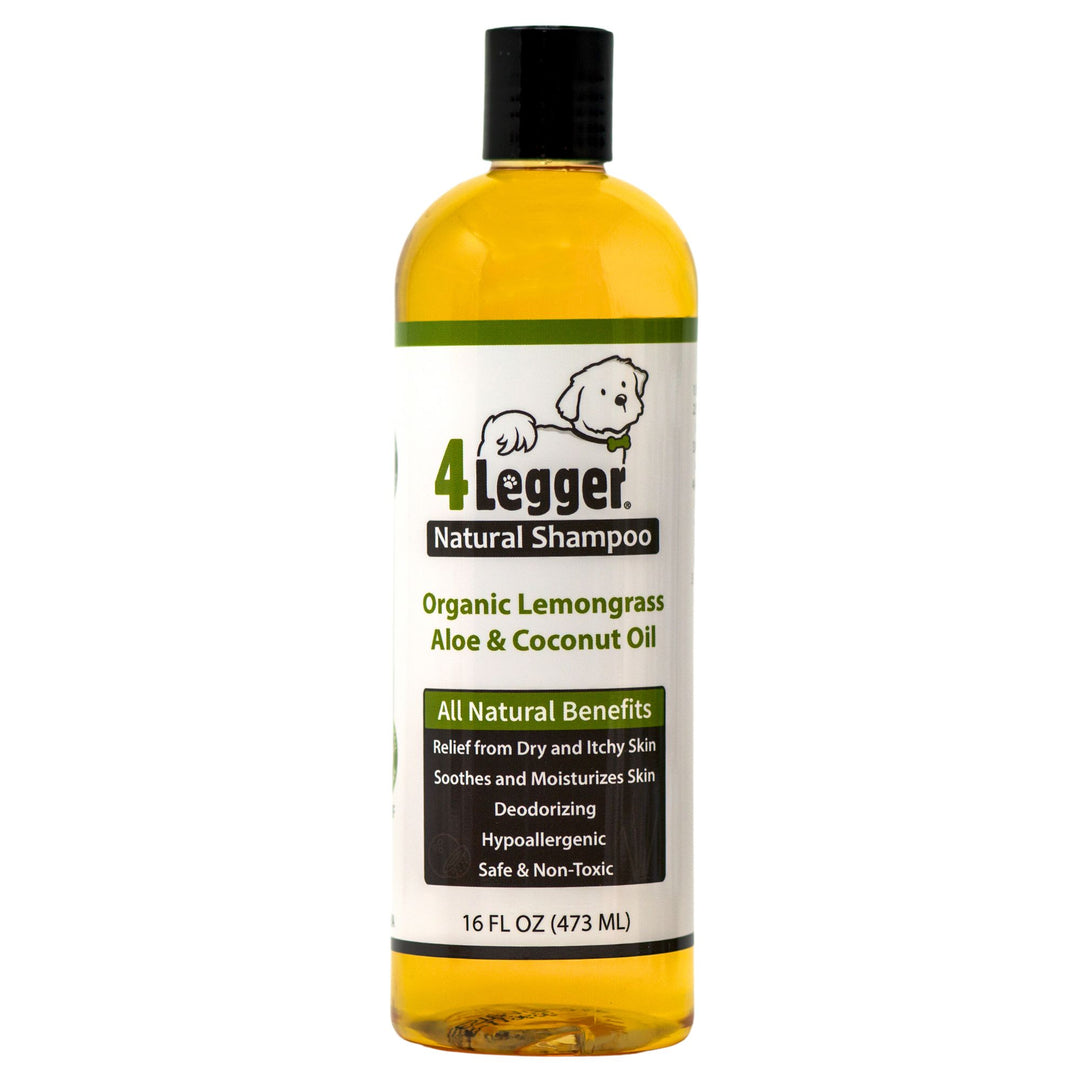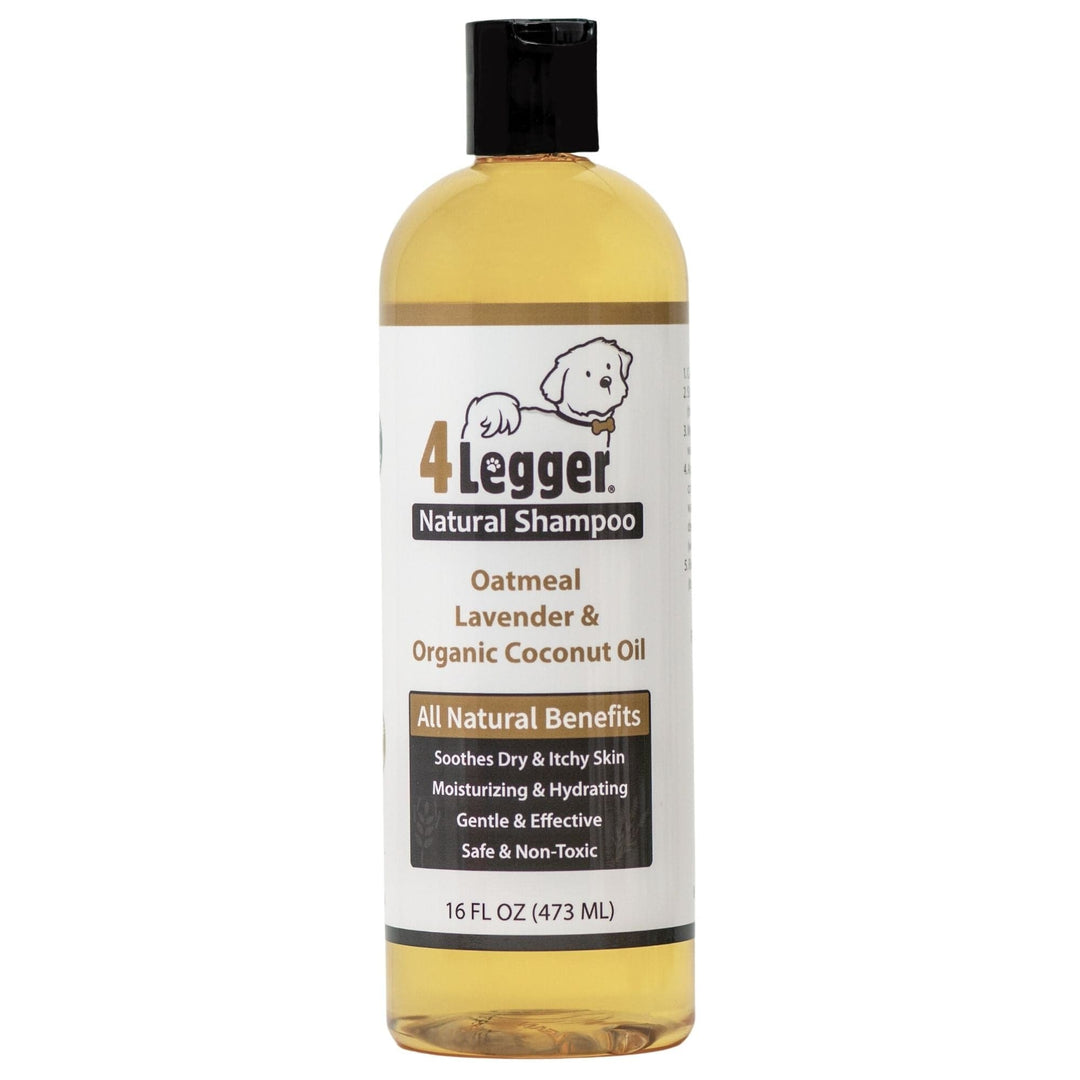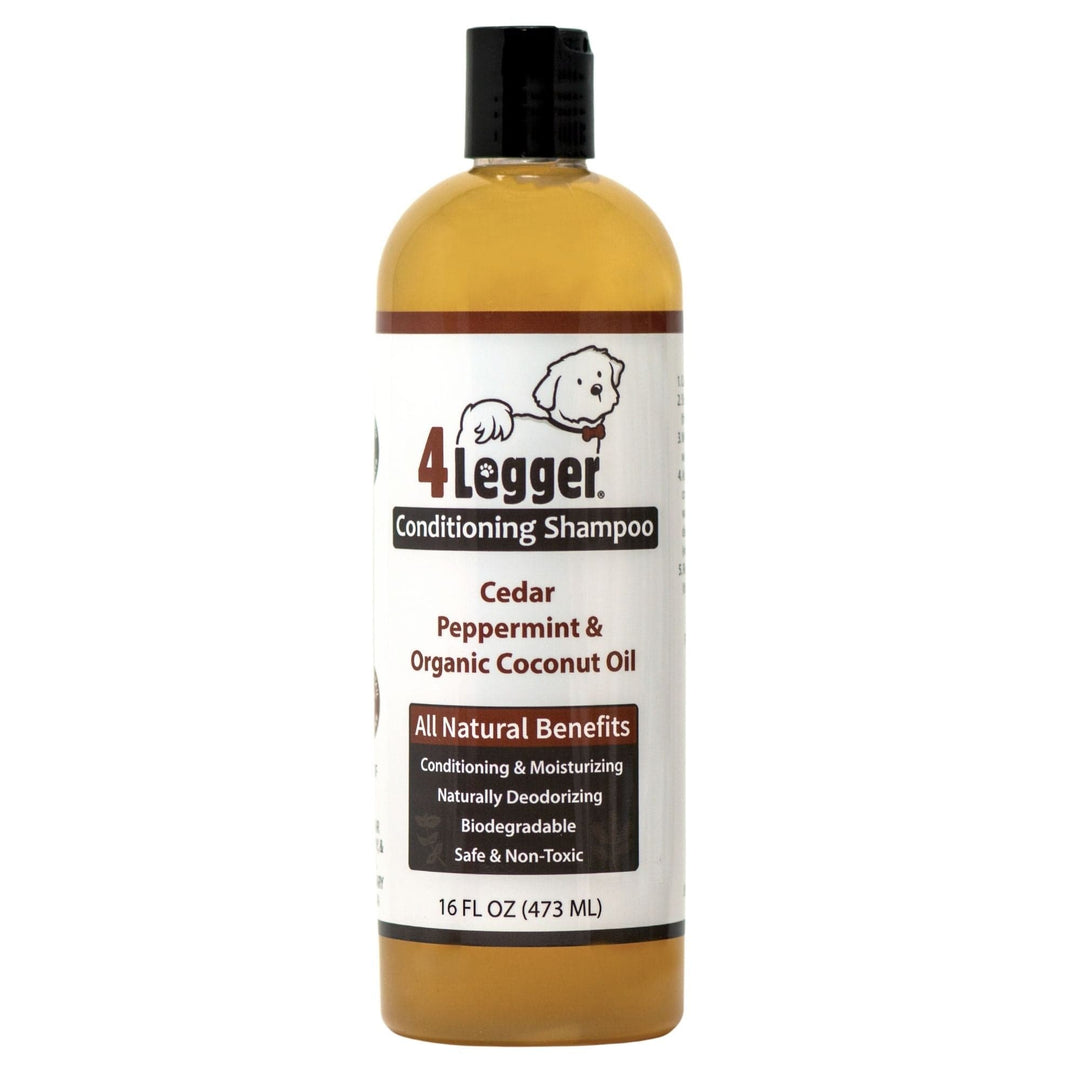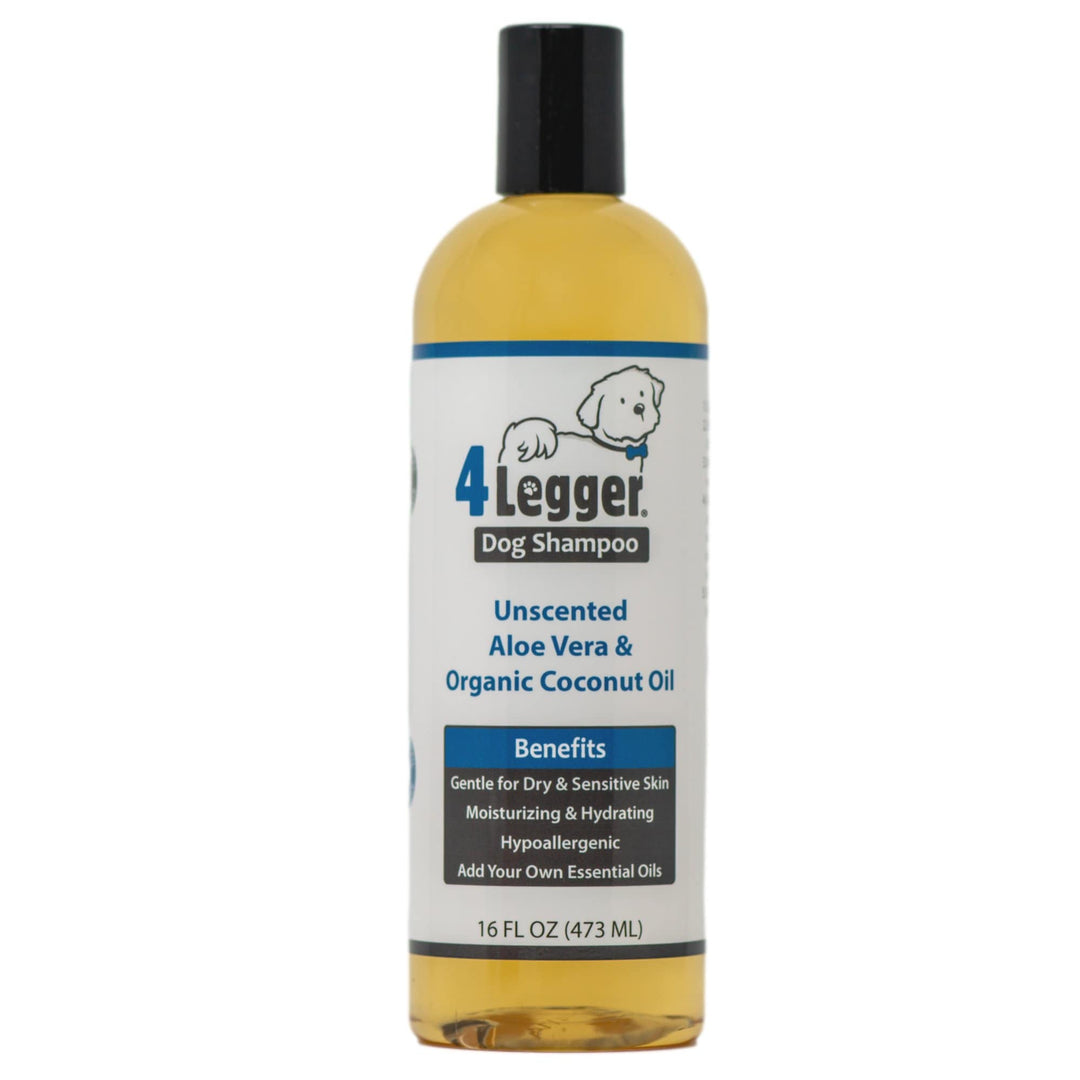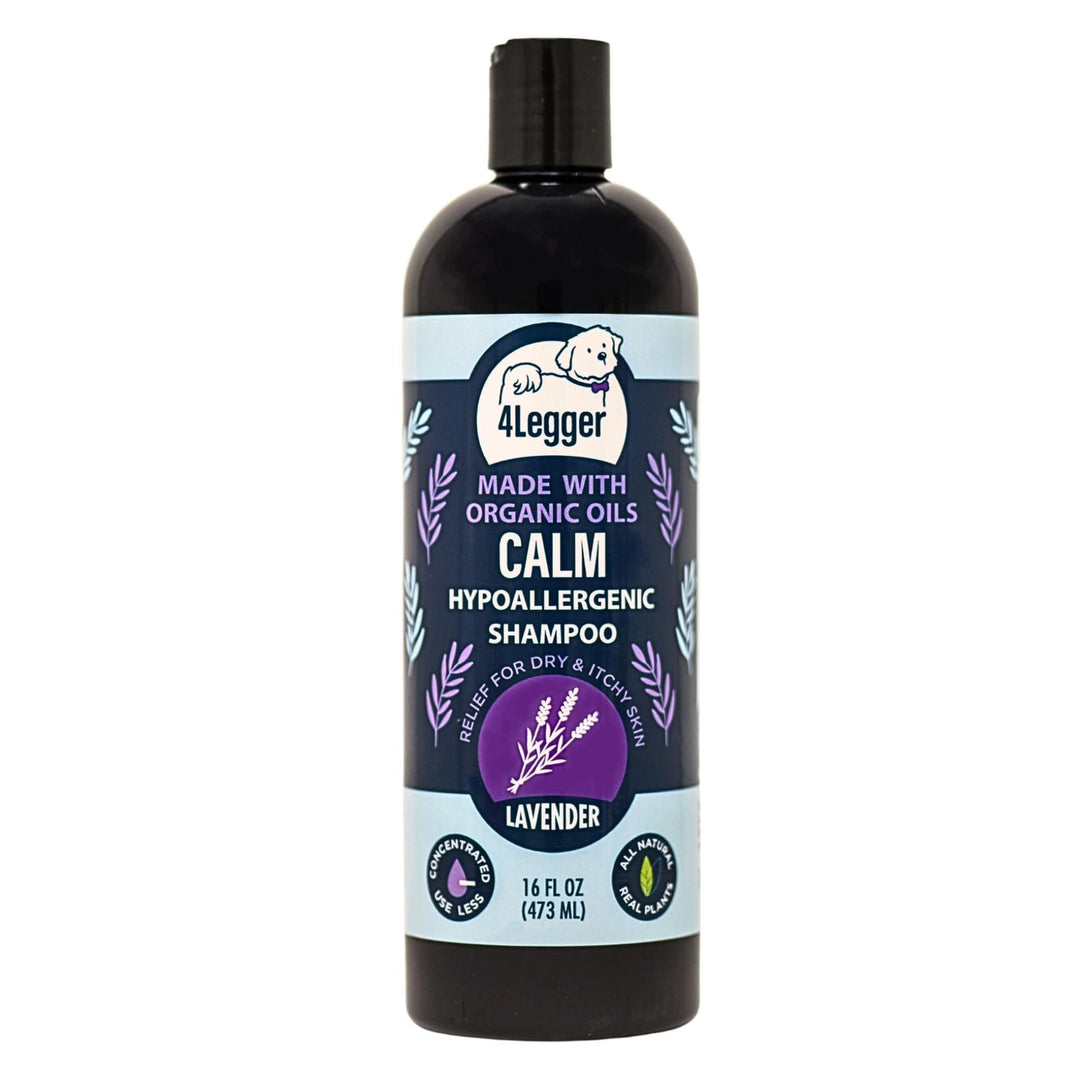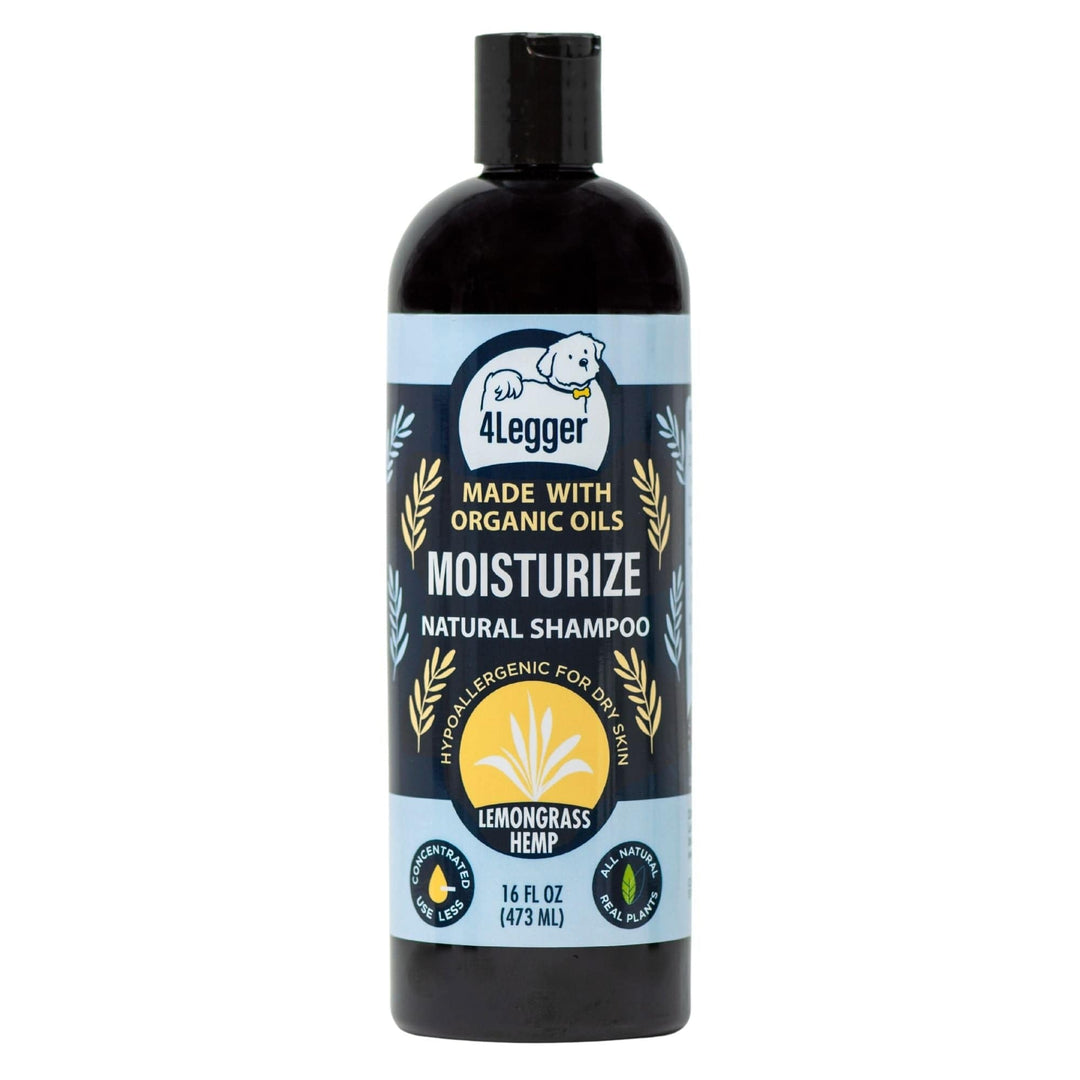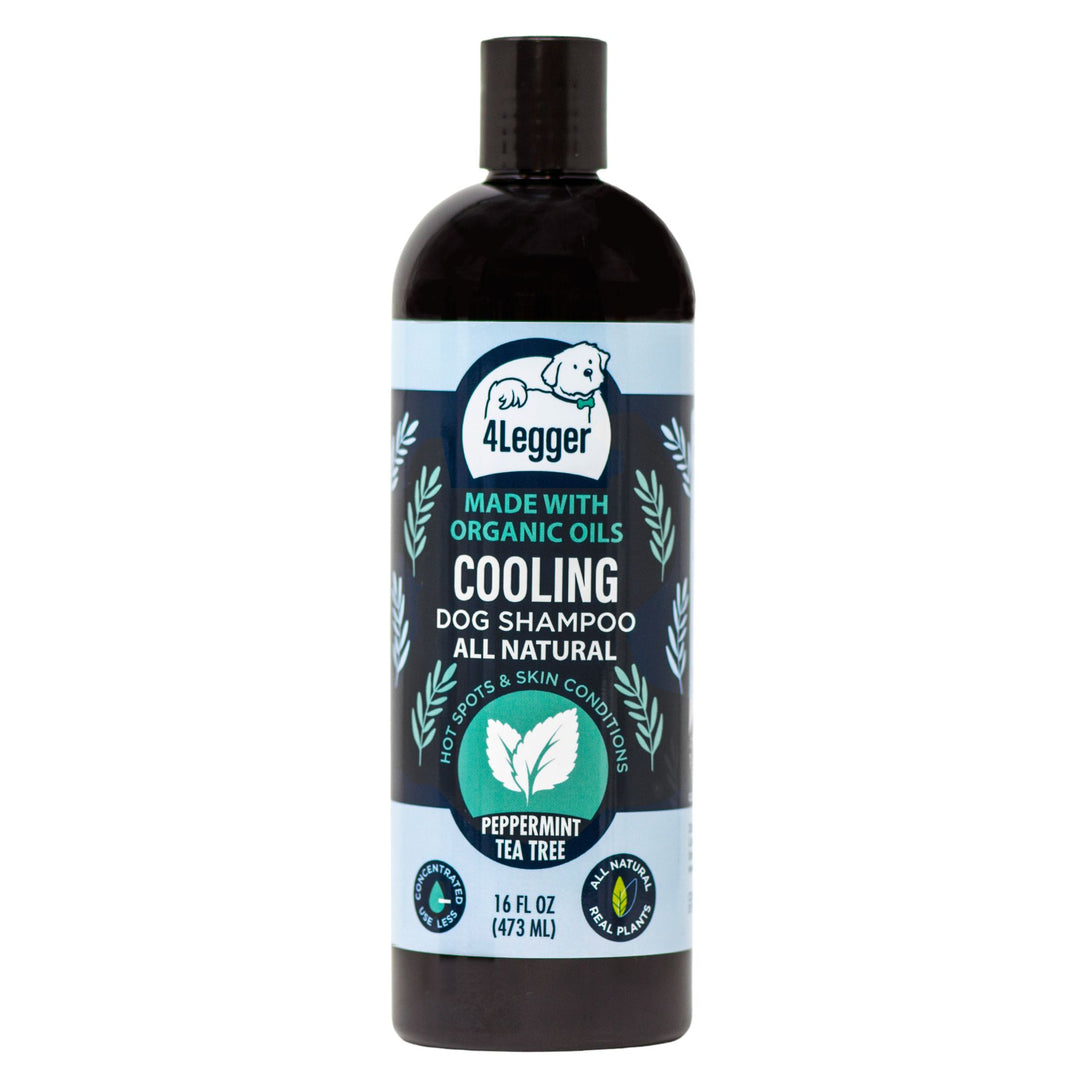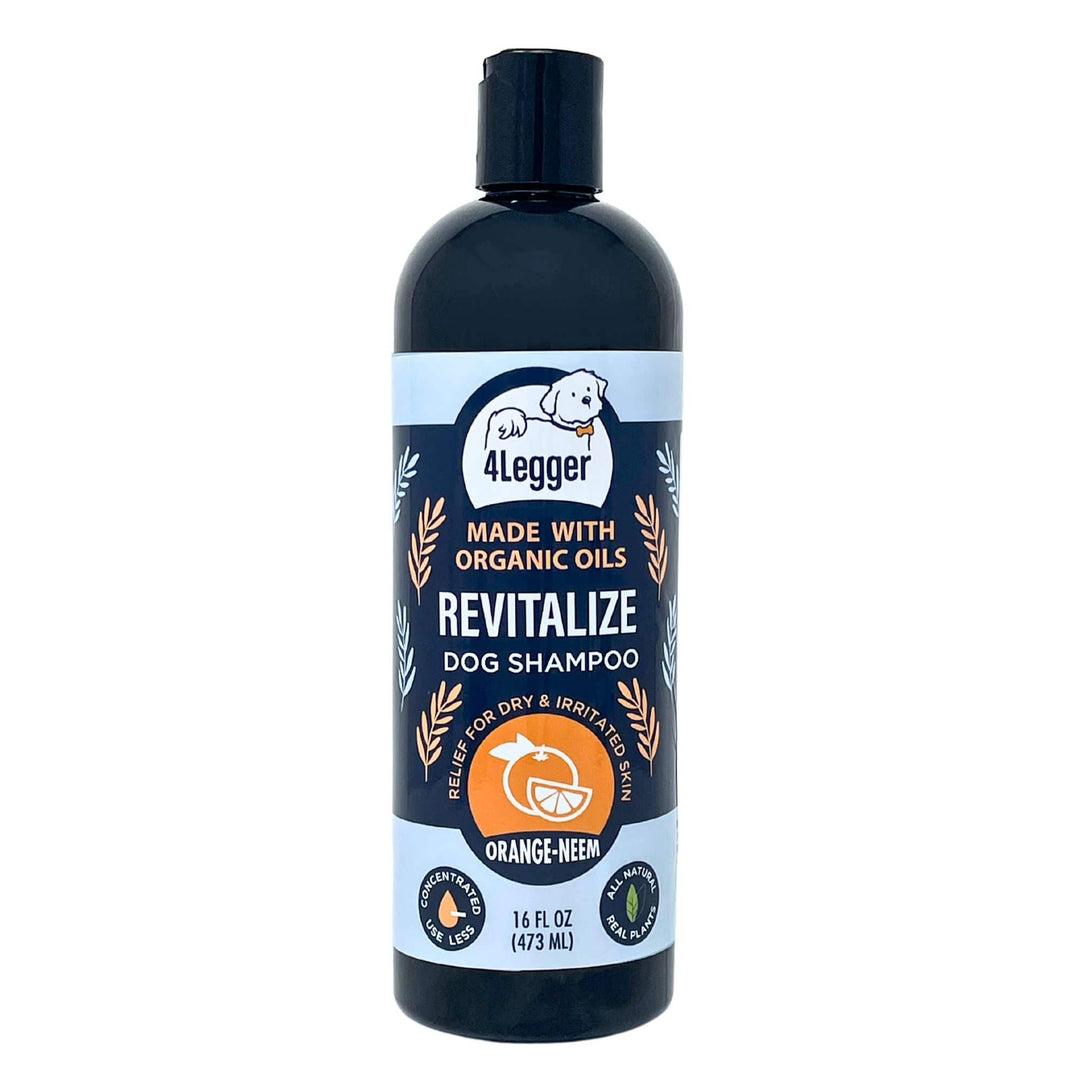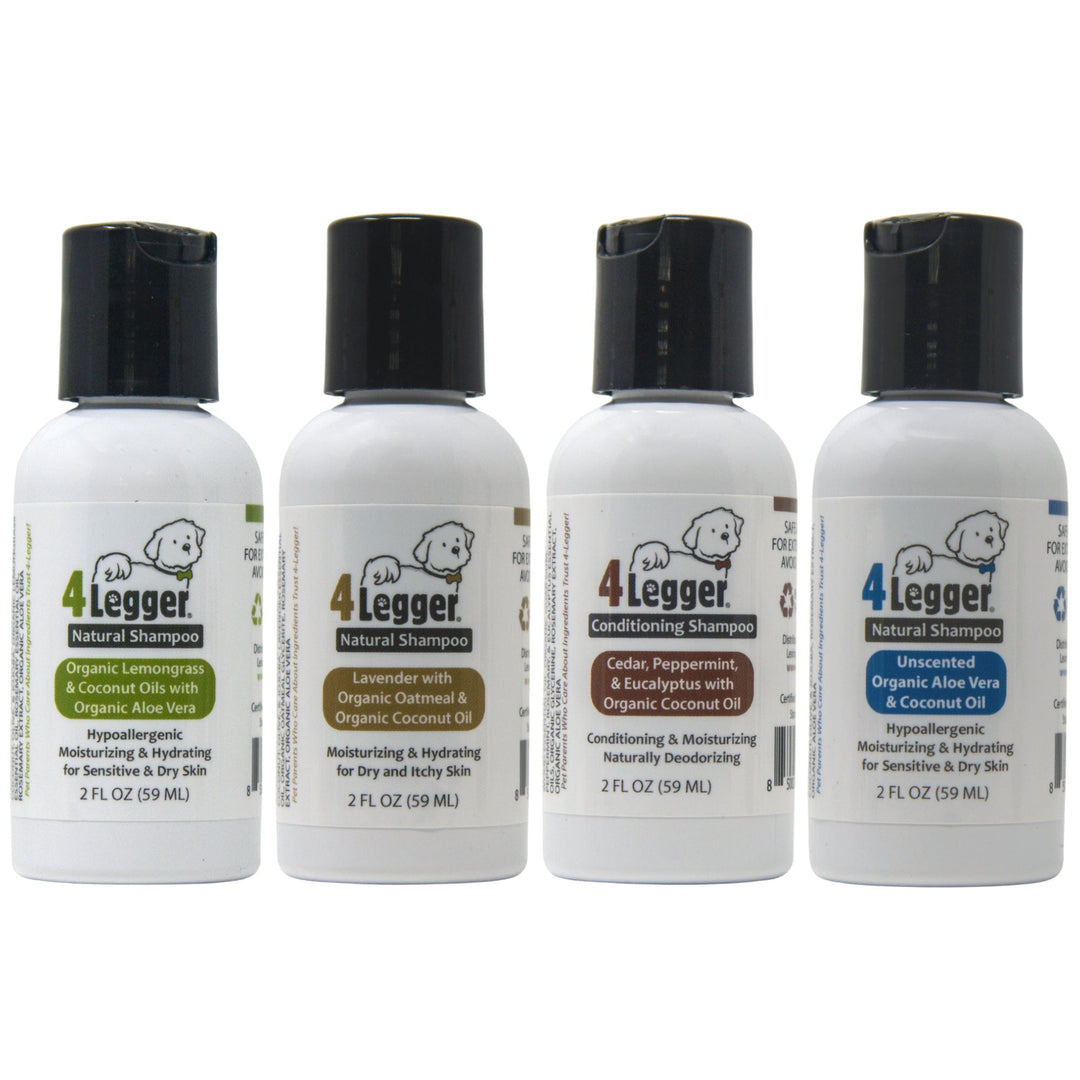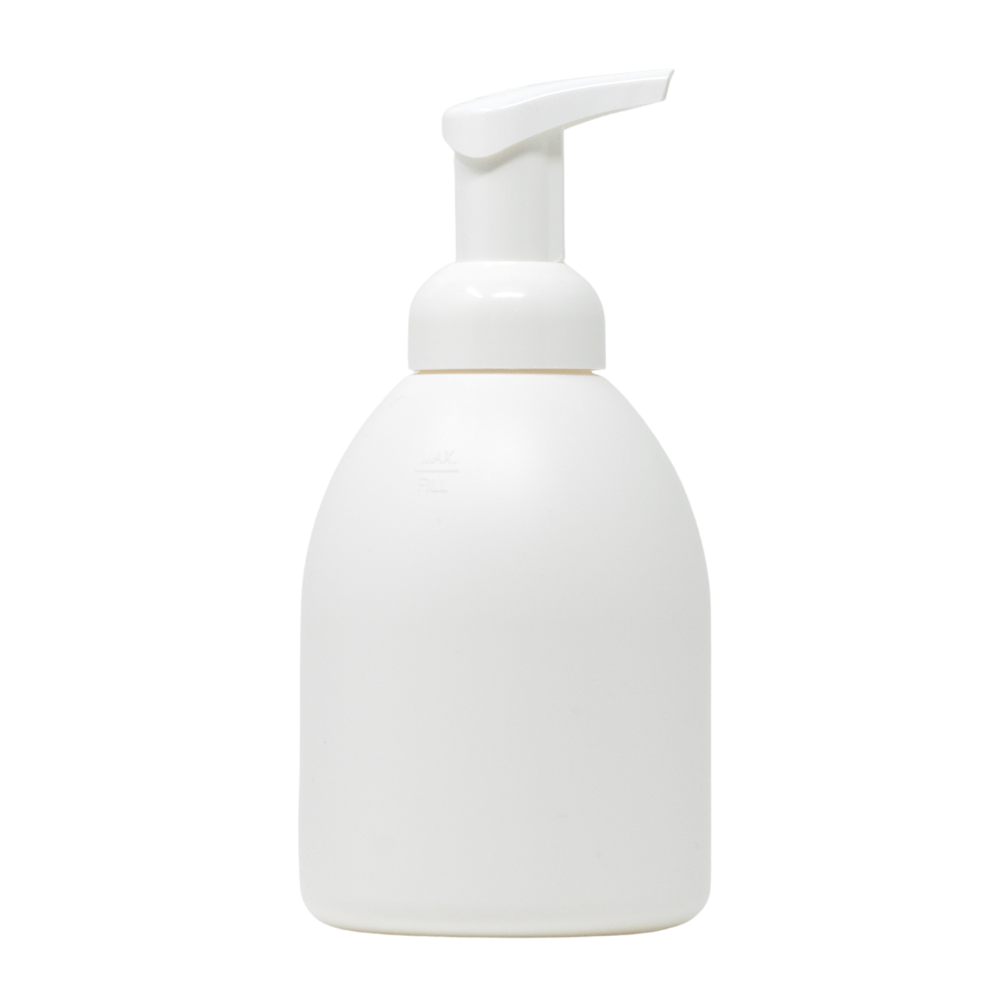Learn About Ingredients to Find a Safe and Non-Toxic Organic Dog Shampoo
The same is true with their overall health.
When our dog or cat is sick we usually don't see it coming.
I remember thinking when my dog, Henry Clay was diagnosed with cancer that it came "out of nowhere".
Of course it didn't just one day appear out of nowhere.
Henry Clay was exposed to environmental toxins, a lot of them. Yard treatments, air fresheners, detergents, pet shampoo, and more.
All of these small doses of environmental toxins cumulate in the body and cause damage over time resulting in disease - everything from hormonal imbalances, liver issues, skin and coat issues, and cancer.
Environmental toxins are thought to be the #1 cause of disease in our pets.
While there’s little we can do to completely avoid environmental toxins, they are in everything - from our food, to our water, to the air we breathe, we can make changes to reduce our exposure to environmental toxins and one of the easiest ways to do that is to use a truly all natural dog shampoo made from plants, not synthetic chemicals.Important Facts About Dog Grooming Products:
- Dog grooming products are manufactured with a lot of different ingredients, some of which have direct links to health issues such as cancer, organ system toxicity, skin irritation, hormone disruption, itchy skin, and more.
- The pet grooming industry is not regulated by the FDA.
- There are no regulations in the pet grooming industry for purity of ingredients.
- Ingredients are not tested to determine if they are safe and free from contaminants that have known links to health issues.
- Your dog's skin has less layers than your skin.
- Warm water opens the pores of the skin allowing chemicals to get into the body.
- There are no standards for integrity in the marketing of dog grooming products.
- It is common to see products marketed as "all natural and organic" to find the manufacturer has mixed a few "good" ingredients with "bad" ingredients and marketed only the good ingredients.
- Ranking individual ingredients is hard. An ingredient may not be "bad" but may have contaminants from the manufacturing process.
Pet Shampoo Ingredient Database
In 2014, we started a pet shampoo ingredient database on the 4-Legger website so pet parents could grab their bottle of shampoo and see if the ingredients were all natural, organic, and safe.
Over the years, the page became very long! So, we've created a stand-alone website where pet parents can research the ingredients in their pet's shampoo.
Our ranking system is simple:
- We rank each ingredient using the scientific evidence about that ingredient
- We error on the side of caution. If an ingredient has a potential to have contamination, it is ranked as not safe as studies have demonstrated that manufacturers don't often pay more money for pure ingredients.
- Our logic when ranking an ingredient is: "How good do I feel using that ingredient on my dog?" and "How friendly is it to our planet?"
It goes without saying manufacturers who use these ingredients will not agree with our opinions and rankings which is fine. We don't agree with their use of those ingredients.
When you know the potential risks of ingredients and how they can affect the health of your dog, you can make informed buying decisions to avoid products that aren't safe for you or your fur family!
We've made it easy to determine if an ingredient is one you want to put on your pet or not by ranking it in 3 ways:
1. Is it Natural or Synthetic?
We've used 2 symbols so you can quickly see if an ingredient is natural or a synthetic. Want to learn how we decided? Learn more


2. How Safe Is This Ingredient?
We use 4 symbols so you can quickly see the safety of an ingredient.

Generally recognized as safe

Not bad but may have contaminants or not be environmentally friendly

Has links to healthy issues or contaminants linked to health issues

Has linkages to serious health issues
3. Could It Be Organic?
With many products labeled as organic that aren't, we let you know if it is even possible for this ingredient to be USDA Certified Organic. Learn more about what organic means.

May be organically grown, harvested, & processed

It is not possible for this ingredient to be certified to organic
Are You Ready?
Grab your bottle of shampoo and head to the pet shampoo ingredient database to begin researching ingredients!
4-Legger's mission is to develop truly safe and non-toxic pet products and to educate pet parents about ingredients so they can make informed decisions to avoid products with potentially negative health side effects. We are committed to giving every dog a healthy bath in the memory of our beloved Henry Clay who passed away from cancer on the day our founder, Melissa, was diagnosed with breast cancer.
Hear why we've dedicated our lives to cleaning up the pet grooming industry!
